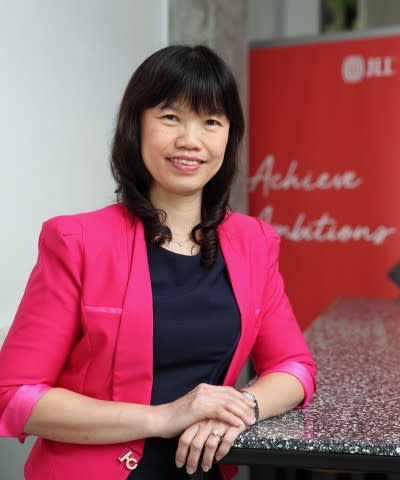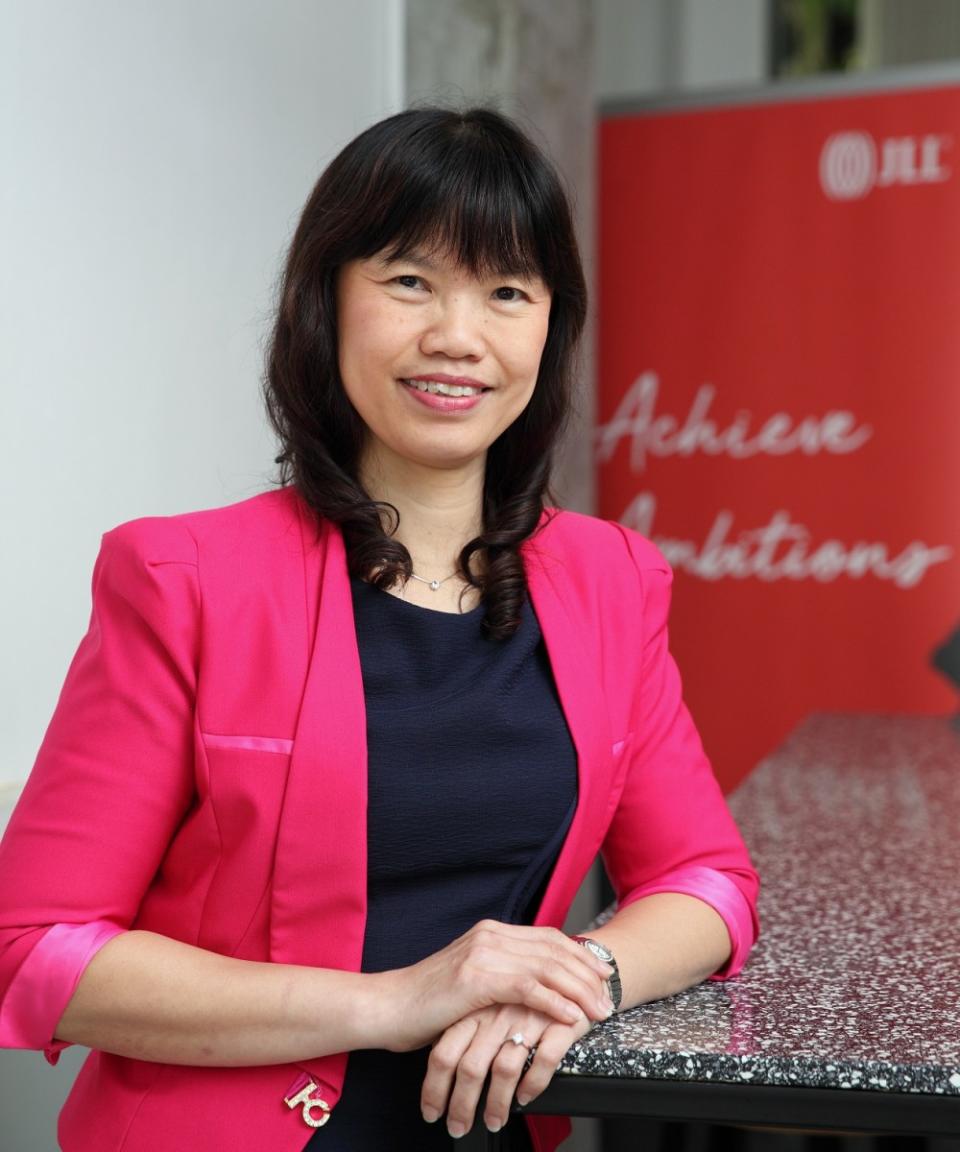Residential market likely to recover by early 2018, says JLL


Tay: We could see prices bottoming by year-end or early next year if sales volumes continue to strengthen
The strong bids for the Toh Tuck Road site on April 11 and high developers’ sales numbers unveiled by URA on April 17 are more signs that the Singapore residential market may be turning the corner, says JLL.
According to JLL, signs of recovery began last year with the luxury residential sector when prices bottomed out in 3Q2016. Based on its basket of luxury properties, JLL says prices of luxury properties fell 18.3% in 3Q2016 from their peak in 2013.
Tay Huey Ying, JLL’s head of research for Singapore, says: “Prices of luxury homes have since recovered by 1.1% over the past six months.”
The recovery in the luxury sector was largely due to the various types of deferred payment schemes that developers such as OUE and Wheelock Properties rolled out for OUE Twinpeaks and Ardmore III, respectively, as well as the attractive pricing of CapitaLand’s Cairnhill Nine project, notes Tay.
The same cannot be said, however, about prices for mass market homes. According to JLL’s basket of properties, prices have fallen 11% since their peak in 2013. That could soon change, following the strong monthly developers sales of 1,780 units achieved in March.
“Barring unforeseen circumstances, we could see prices bottoming by year-end or early next year if sales volumes continue to strengthen,” says Tay.
“We could be looking at monthly developer sales averaging 750 to 800 units a month, which means we could see full-year developers’ sales coming in 20% more than the 7,900 units achieved last year.”
According to JLL’s research based on household income versus average private property prices in 2016, Singapore was ranked the most affordable among key gateway cities at only 4.8 times compared with Hong Kong, at 18 times, and global cities such as London, San Francisco, Tokyo and Sydney, at least 10 times. In 2010, the affordability level for Singapore, London, San Francisco and Tokyo were on a par at 7.3 times; Sydney was at 10 times and Hong Kong at 11.4 times.
That means the average person working in Singapore will be able to buy a home after 4.8 years versus 18 years in Hong Kong and at least 10 years in London, San Francisco, Tokyo and Sydney. As such, the affordability level in Singapore has improved compared with the other key gateway cities.
Although sales volume is picking up, JLL believes developers are unlikely to raise prices anytime soon because of uncertainties in the job market and economic outlook for Singapore.
According to Chris Fossick, JLL’s managing director for Singapore and Southeast Asia, developers have refrained from raising prices because there is an element of competition among them to sell down their projects.
Another sign that the residential market may be bottoming is the recent aggressive bidding for government land sales programme sites on the confirmed list. For example, the Toh Tuck Road site attracted 24 bids.
“The motivation to buy land is becoming more urgent for developers as unsold inventories are slowly being cleared,” says Tay.
Property consultants were not surprised by the aggressive bidding by developers looking to replenish their landbanks, owing to the lower number of GLS sites available on the confirmed list. This may just be the impetus needed to revive the collective sale market.
“We could see a repeat of 2005/06, where developers had no choice but to go for collective sale sites, owing to the lack of GLS sites available,” says Tay.
Three sites were sold last year: Shunfu Ville, Raintree Gardens and Harbour View Gardens. There could be more, with the recent launches of two former HUDC sites for sale: Rio Casa at Hougang Avenue 7; and Eunos Ville in Eunos.
JLL’s Tay warns, however, that not all sites put up for collective sale will succeed because developers are also mindful about not paying over-the-top prices for sites, given the uncertainties in the market.
“In current market condition, collective sale sites costing below $500 million, which could be redeveloped into [projects] of about 800 units, are more palatable to developers,” says Tay.
Related Articles From TheEdgeProperty.com.sg

 Yahoo Finance
Yahoo Finance 